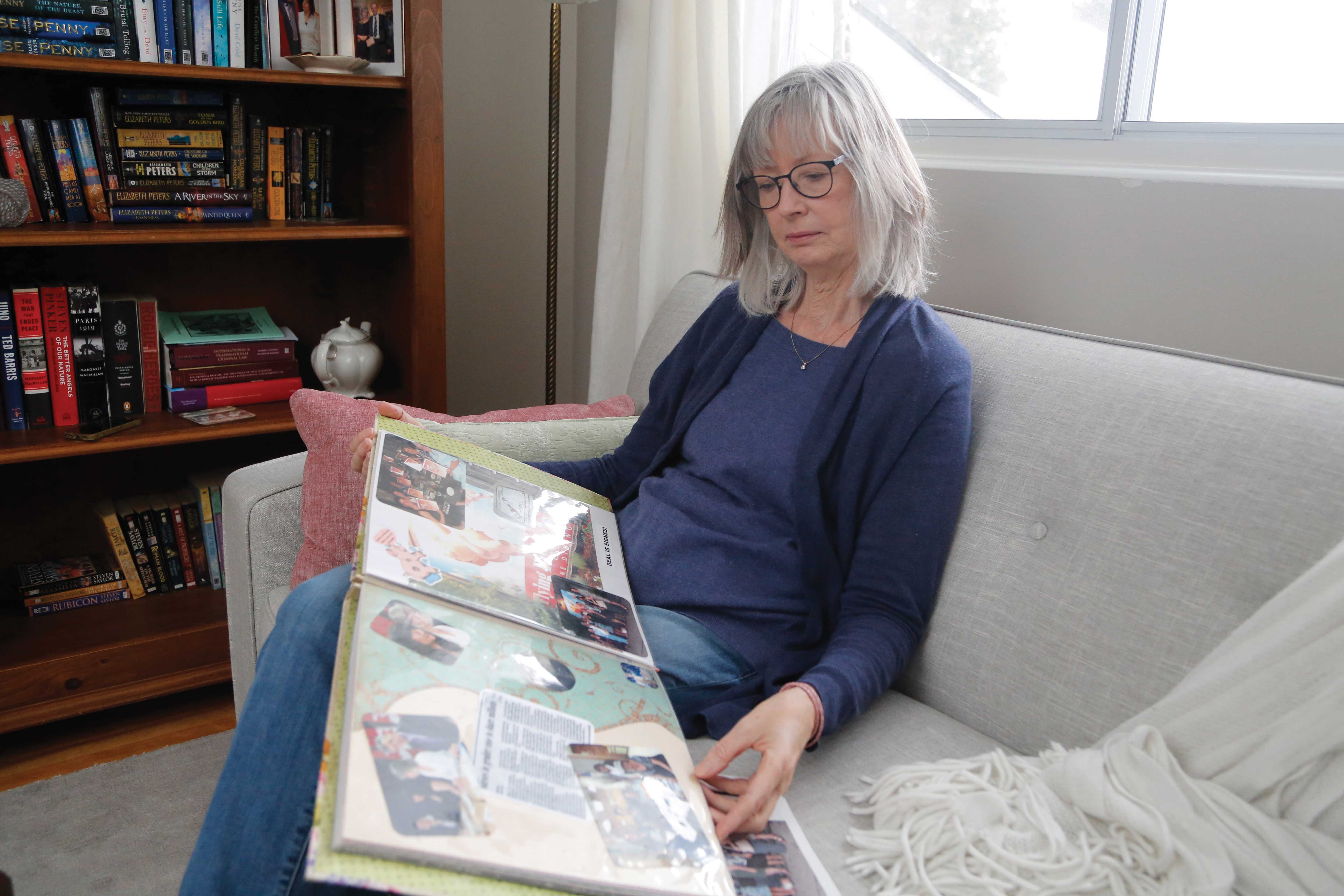Fighting for fairness
“At first I thought it must be some kind of a mistake, there must be an easy fix.”
“At first I thought it must be some kind of a mistake, there must be an easy fix.”
Well into her career as a registered nurse, Ruth Walden realized that something wasn’t right. Looking around her workplace at the Canada Pension Plan, she saw a double standard at play: doctors were considered doctors but nurses, like herself, were considered “administrative workers.” The distinction was not just semantic; it affected the terms of the nurses’ employment and their career opportunities going forward.
It’s one thing to notice that something in the system is broken; it’s another to do something about it. Ruth wasn’t looking for a fight, but she was looking for fairness. She set out to right what seemed to be a discriminatory wrong. Nineteen years later, she had succeeded.
Fresh out of nursing school, Ruth began working in acute care in various hospitals in Vancouver and later Ottawa. But when she heard of a government job at the Canada Pension Plan, determining who qualified for disability benefits, she applied and got it.
Ruth wasn’t looking for a fight, but she was looking for fairness.
Ruth quickly realized that, although nursing credentials were mandatory for the position, her employer — the federal government — did not consider her a nurse in the position. Doctors working at the Canada Pension Plan, on the other hand, were deemed “health care professionals.” While they were doing much the same work as the nurses, they were better paid, had access to an appropriate union, and received professional recognition, enabling them to be reimbursed for their licensing fees and to apply for other medical positions within the public service.

“At first I thought it must be some kind of a mistake, there must be an easy fix,” says Ruth, now 61 and retired in Ottawa. “And I was reassured that other people were working on it.” But six years later, when nothing had changed, Ruth began to ask more questions. She contacted nurses at regional offices of the Canada Pension Plan, met with government managers and union officials and eventually reached what she felt was a “dead end.” So, in 2004, she turned to the Canadian Human Rights Commission to make a complaint on the basis of sex discrimination, resulting in lower wages and fewer employment opportunities.
At the time, she says 95% of the nursing profession was female. Among the most serious of the disadvantages facing nurses at the Canada Pension Plan: because they were not deemed nurses in their current positions, they were not eligible for other nursing jobs in the public service.
Ruth describes the following years — an odyssey through courts and tribunals — as a “roller coaster” of wins and losses. The first hearings before the Canadian Human Rights Tribunal were held in 2007, with some 400 nurses submitting complaints. The Tribunal ruled that discrimination was indeed taking place and instructed the parties — the federal government, the Commission and the nurses — to resolve the issue among themselves.
When no agreement was reached, Ruth returned to the Tribunal for a remedy hearing, and this time it concluded that the nurses had failed to prove loss of pay and opportunity. It was a shocking reversal, and Ruth and her network appealed to the Federal Court, which ruled in favour of the nurses and sent the matter back to the Tribunal. The government tried to get that decision overturned, but lost in the Federal Court of Appeal. Ultimately, as Ruth and her fellow nurses were preparing for their third tribunal hearing, the federal government relented and settlement talks began. In 2012, the nurses and the federal government reached an agreement.
It was agreed that the practice had been discriminatory and that wage losses had been incurred. The landmark settlement, which provided financial compensation to approximately 800 nurses, was one of the largest of its kind in Canada’s history.
The Tribunal also mandated that nurses working at the Canada Pension Plan be henceforth considered “health services” employees. As such, they belonged to their union’s nursing group which, in turn, negotiated better pay scales for the nurses going forward.
Having achieved what she calls a “reasonable resolution,” Ruth retired. The roller coaster had been exhausting, especially combined with her full-time job at the Canada Pension Plan. Since 2012, she has been savouring retirement: “clearing my head and getting my life back on track.”
Summarizing the main lessons of her crusade — which she emphasizes was not hers alone — Ruth says, “assumptions need to be re-examined” and one must remain willing to “look with open eyes.”
“Nursing has never been a high-status profession,” she says. “But it’s very important. If the nursing profession is not being treated with respect or equality by the government, who is going to want to be a nurse?”
At the close of 2018, Canada’s first proactive pay equity law for federally regulated workers received royal assent. The Pay Equity Act puts the onus on employers to ensure equal pay for work of equal value across their organizations. The hope is that individuals, like Ruth Walden, might never again have to invest such vast amounts of time and emotional energy to fight for equality.
The Commission appeared before the Standing Senate Committee on National Finance to welcome and provide input on the pay equity legislation, saying that the legislation will advance human rights, and benefit employees, employers, and all of Canada.
The new law also establishes a Pay Equity Commissioner, who will be appointed in 2019 and whose mandate and office will be part of the Canadian Human Rights Commission.